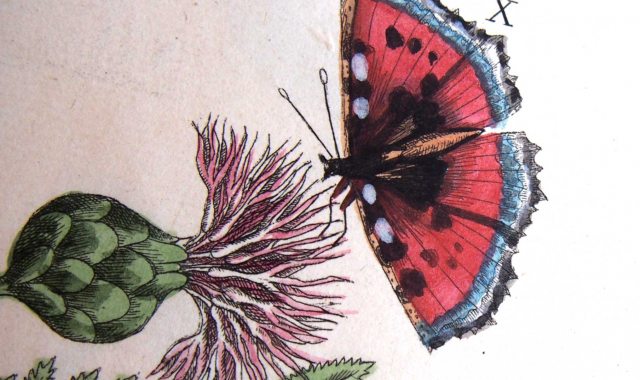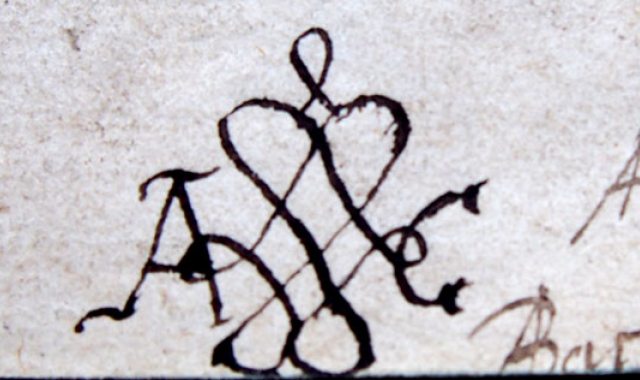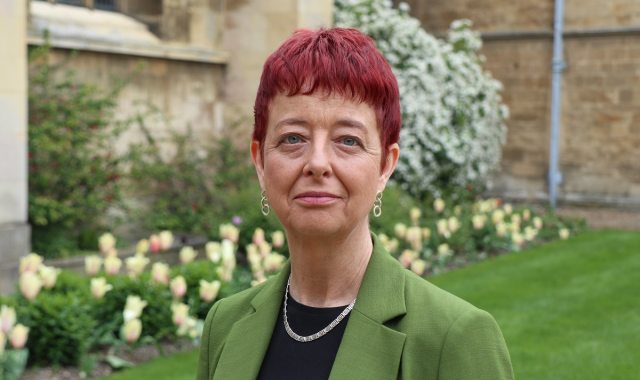Printers
It is impossible to know how many women were employed in the book trade in early modern Europe. Over 130 women are listed in the English Short Title Catalogue as working in Britain between 1550 and 1650 however the true figure is likely much higher; women printed texts anonymously under their initials, used pseudonyms or worked invisibly in a variety of roles including composition, engraving, printing and book-selling. It is also probable that many books have simply been lost.
For many women entrance to the book trade was through marriage, with wives, daughters and sisters involved in various aspects of the business. Some presses were passed through generations of a family with both boys and girls trained to enter the trade. Women's names more commonly appeared for the first time on the printed page when they were widowed and assumed overall control of the business after the death of their husbands. For these women to be able to do so it is likely they had already been accumulating practical experience over many years. Some widows continued to remarry within the print trade however a few women gained a high level of autonomy and demonstrated shrewd economic, financial, legal and management skills.
From Elizabeth Nutt starting out as a 'mercury woman' selling books on the street to Agnes Campbell who became the wealthiest printer in Great Britain the women included in this exhibition exemplify a range of experiences from working in different aspects of the book trade in the early modern period.



